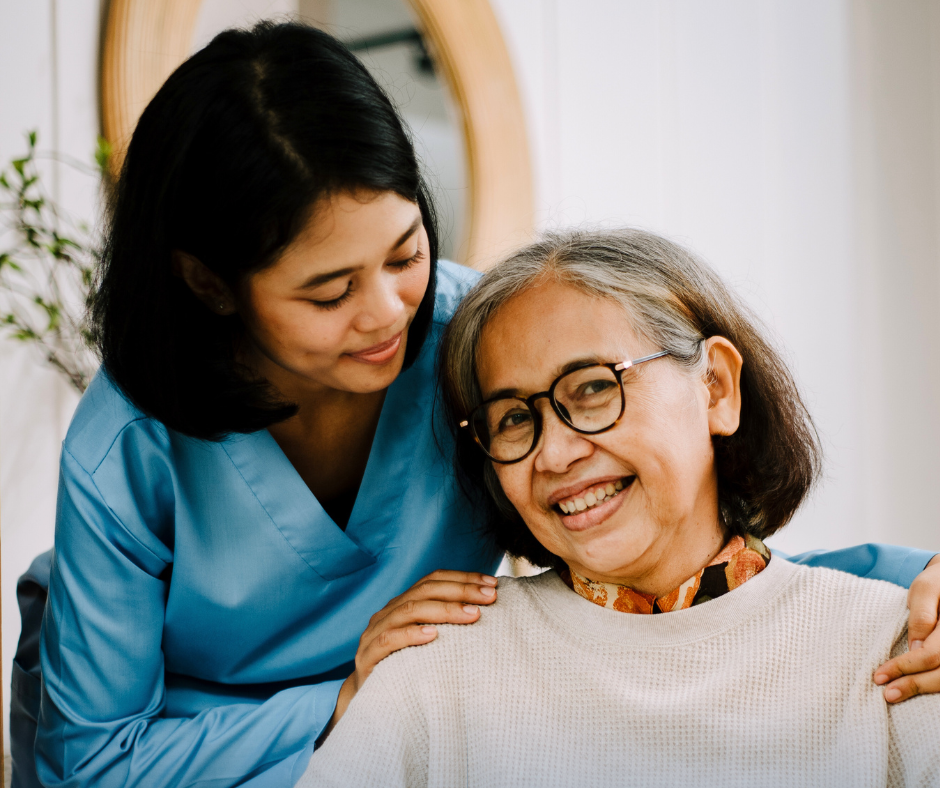Every year, Alignment Health releases a survey, completed in partnership with Ipsos, that examines the non-clinical factors that impact older adults’ ability to age in a happy and healthy way. And every year, I look forward to reading it. At BeneLynk, we are committed to helping people live their healthiest and happiest lives by working in partnership with the people we serve to address health-related social needs. Many of those needs – such as economic insecurity (51% of the older adults in the survey), lack of transportation for both medical and non-medical purposes (31%), and, of course, food insecurity (16%) – are areas where we've long focused on identifying resources and providing assistance. However, in reviewing this year’s survey, it was what was listed as the #1 concern for the responding older adults that grabbed my attention. 64% of the older adults identified uncertainty about their ability to age in place as the greatest threat to aging well in America. As the survey points out, the stress associated with this challenge is real. Among older adults who experienced “stress and anxiety in the past year...33% say aging in place was ranked as one of their number one sources of stress and anxiety.”
The study further details the impact of these concerns, pointing out that 28% of older adults say they’ve skipped medical care due to challenges associated with aging in place. Most notably, 64% of older adults say they would use benefits that support independent living, including in-home health care visits. There are several pathways to getting in-home assistance to support aging at home. These include benefit offerings from Medicare Advantage plans and Medicaid programs offering long-term support and services. In both cases, the programs exist because aging in-home is generally preferable for the patient and can often represent substantial savings in medical expenses when compared with institutional care.
Whenever we look at a social care program, one of the key factors to consider is the “take-up rate” – or the percentage of individuals who are eligible for a program who actually receive those benefits. No social care program has a 100% take-up rate, as factors such as administrative challenges, limited requisite assistance, and lack of program awareness drag down participation. In looking at the LTSS programs offered through Medicaid, BeneLynk’s analysis indicates that the take-up rate is between 50 and 75%. In other words, 25-50% of all individuals who meet both income and medical standards are not enrolled.
There are valuable services out there that can help address these concerns. MLTC and HCBS programs produce better outcomes, reduce healthcare expenditures, and allow people to age in place, consistent with their wishes. Many people are eligible for, but not enrolled in, these programs. That’s where BeneLynk comes in. We’re rolling out Home Lynk™, a service to help people enroll in LTSS benefits. But it is more than that. We want to help people keep their Medicaid benefits while applying, ensure those who enroll in LTSS benefits stay enrolled, and help these members address the wide range of health-related social needs that prevent them from living their healthiest, happiest lives.
In the coming months, we will have more to share about Home Lynk by BeneLynk. In the meantime, we’ll be speaking with current customers, attending LTSS conferences, and doing all that we can to ensure our services can help people age in place. If you want to learn more, or if you want to offer guidance on how BeneLynk can best help your members to enroll in and maintain MLTSS benefits, please drop us a note today at Sales@BeneLynk.com
About the Author: Sean Libby is the CEO of BeneLynk, the nation’s leading social care company serving members of government-sponsored health plans, and has been an advocate for older Americans, people with disabilities, veterans, and individuals with low income for over 23 years. At BeneLynk, we are committed to helping managed care plans deliver superior social care solutions to their members.

